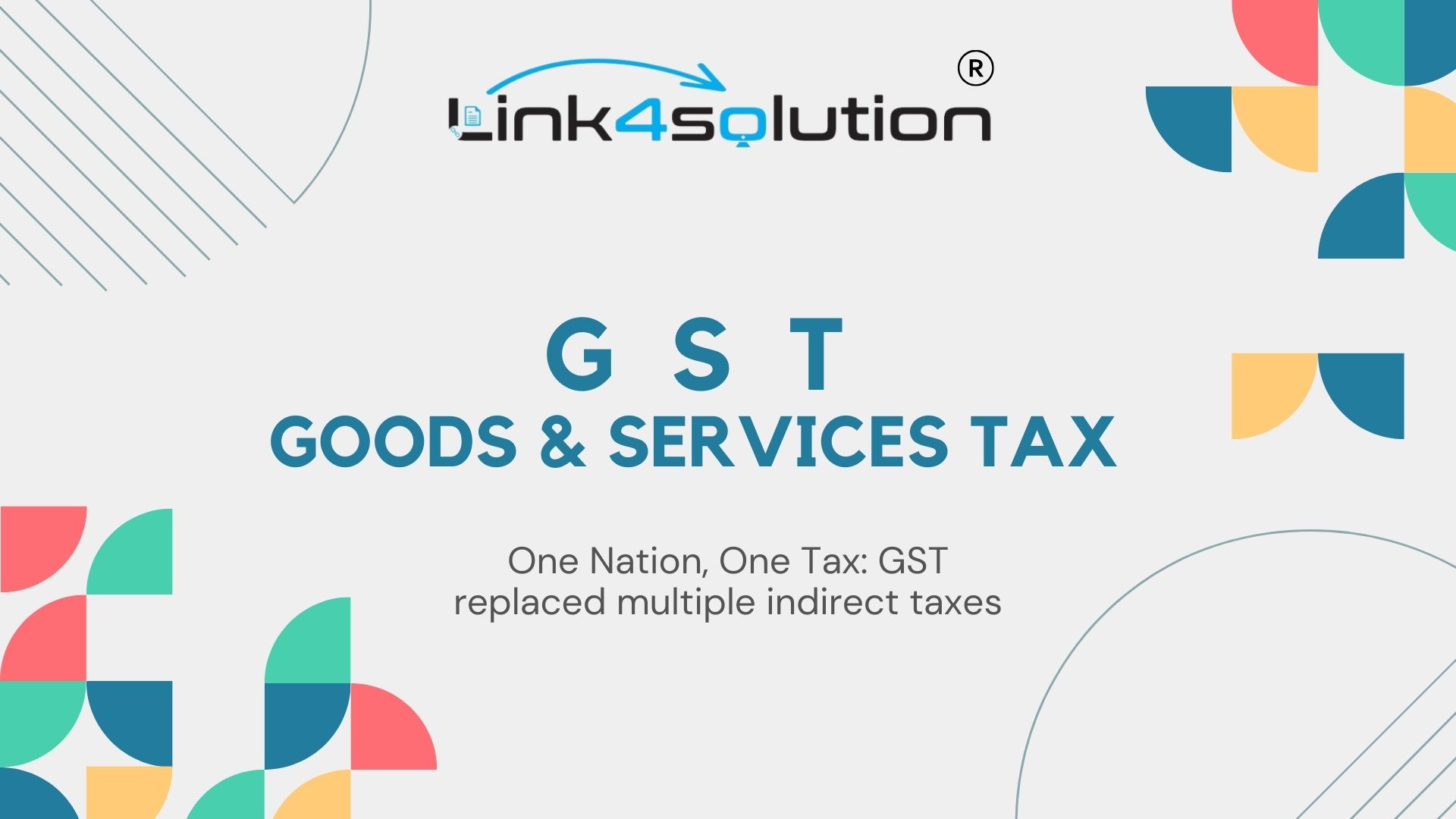GST
The Goods and Services Tax (GST), a significant overhaul of India’s indirect tax system since Independence, replaced the previous VAT system on July 1, 2017. As a destination-based tax, GST is unique in how it’s collected and distributed between the central and state governments, aligning with India’s federal structure.
GST Variants and Their Impact
GST in India branches into four key types: Integrated GST (IGST), State GST (SGST), Central GST (CGST), and Union Territory GST (UTGST). This structure allows for efficient tax collection on both intra-state and inter-state supplies, ensuring a unified tax regime across the nation.
-Intra-state Transactions: When the supplier and consumer are in the same state, CGST and SGST/UTGST are levied. These taxes are collected and shared between the central and respective state governments.
-Inter-state Transactions: For supplies across state borders, IGST is applied, which goes directly to the central government.
The GST rates are diverse, ranging from 0.25% to 28%, but they never exceed 28% in total for any given transaction.
Why Multiple GST Types?
India’s federal constitution mandates a shared tax collection responsibility between the central and state governments. The tripartite GST structure (CGST, SGST, IGST) facilitates this, ensuring revenue distribution aligns with the principle of ‘One Nation, One Tax’ and supports the federal framework.
Conclusion: A Unified Tax Approach
GST represents a transformative step in India’s tax history, uniting various indirect taxes into a single, destination-based structure. Whether it’s CGST and SGST/UTGST in intra-state dealings or IGST in inter-state exchanges, GST simplifies tax compliance and strengthens the fiscal fabric of the nation.



